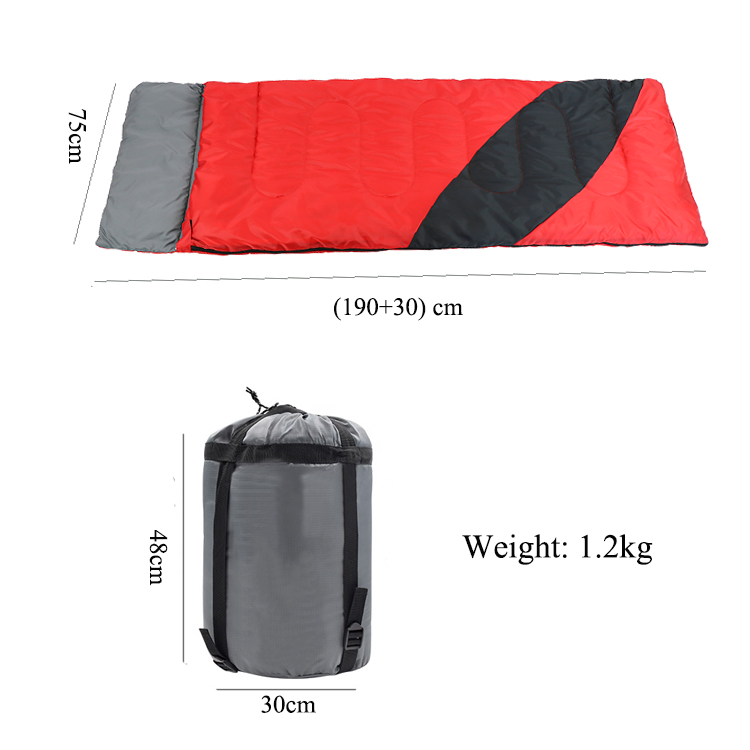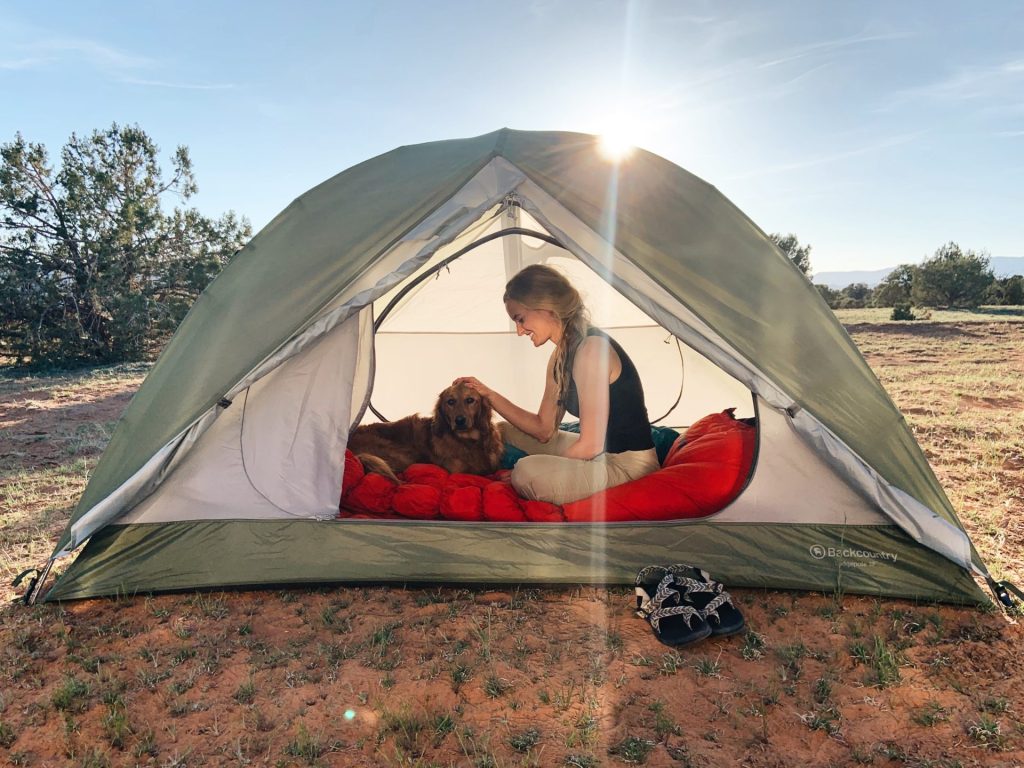
1 月 . 06, 2025 15:55 Back to list
sleeping bag camping
Choosing the right sleeping bag can make or break your camping experience
. The key is finding a balance between warmth, comfort, and portability. Based on years of camping experience and professional knowledge in camping gear, here’s a comprehensive guide to ensuring your outdoor nights are as cozy as possible.
Invest in Quality Materials The quality of a sleeping bag’s materials can significantly impact its performance in various weather conditions. Down filling, known for its exceptional warmth-to-weight ratio, is ideal for cold climates but less effective when wet. Synthetic fibers, on the other hand, maintain warmth even in damp conditions, making them more versatile for different weather conditions. A combination of both can offer a good balance and ensure you stay comfortable.
Temperature Ratings Matter Pay attention to the temperature rating of the sleeping bag. This rating often indicates the lowest temperature at which the bag will keep an average sleeper comfortable. However, personal comfort can vary, and it is advisable to add a few degrees to this rating for added comfort. Understanding the environments you will be camping in helps select a bag with the appropriate temperature rating, providing an added layer of assurance.

Consider the Shape Sleeping bags come in different shapes, including rectangular, semi-rectangular, and mummy. Mummy bags are designed to retain body heat and are best for cold weather camping, whereas rectangular or semi-rectangular shapes provide more room to move and are suitable for milder conditions or those who value comfort over compactness.
Look for Essential Features Additional features such as draft collars, which help prevent warm air from escaping, and zipper guards that minimize snags, contribute to the overall efficiency of a sleeping bag. It’s also worth considering models with hoods for colder nights, offering extra insulation around the head.
sleeping bag camping
Choose the Right Size Ensuring the correct size is crucial for comfort and warmth. A sleeping bag that's too large can leave room for cold air, while one that's too small can be restrictive. Be sure to select a bag that allows comfortable movement but does not have excessive empty space inside.
Portability and Weight For backpackers, the weight and packability of a sleeping bag are crucial. Compact models are available that compress to a small size, making them easy to carry during long hikes. While heavier sleeping bags may offer more features and warmth, the trade-off in weight should be considered based on the nature of the camping trip.
Trust Reputable Brands and Reviews Opting for established brands known for quality camping gear can ensure reliability. Reading reviews from other campers who have used the products in similar settings can also provide valuable insight. Look for feedback specifically mentioning performance in the environmental conditions you expect to encounter.
Maintenance Extends Lifespan Once you've invested in a quality sleeping bag, proper care and maintenance are essential. Always follow the manufacturer’s instructions for washing and storing to preserve the integrity and performance of the materials. Using a sleeping bag liner can also help keep the interior clean and extend the life of the bag.
Balancing your sleeping bag’s needs with practical features ensures that each camping adventure is comfortable and safe. By focusing on these key elements, you can enhance your camping experience, promoting not just a restful night under the stars but also peace of mind through trusted, expert-approved equipment.
-
Top China Adult Sleeping Bag Suppliers Lightweight & Durable
NewsMay.30,2025
-
China Camping Waterproof Picnic Blanket Supplier Wholesale Factory
NewsMay.30,2025
-
Wholesale Backpacking Sleeping Bags Lightweight & Bulk Supplier
NewsMay.30,2025
-
Emergency Sleeping Bags Wholesale Bulk Supply & OEM Options
NewsMay.29,2025
-
Sustainable Recycled Cotton Picnic Blankets Wholesale Manufacturer
NewsMay.29,2025
-
Premium Duck Down Sleeping Bag Supplier Warm & Lightweight Design
NewsMay.29,2025
